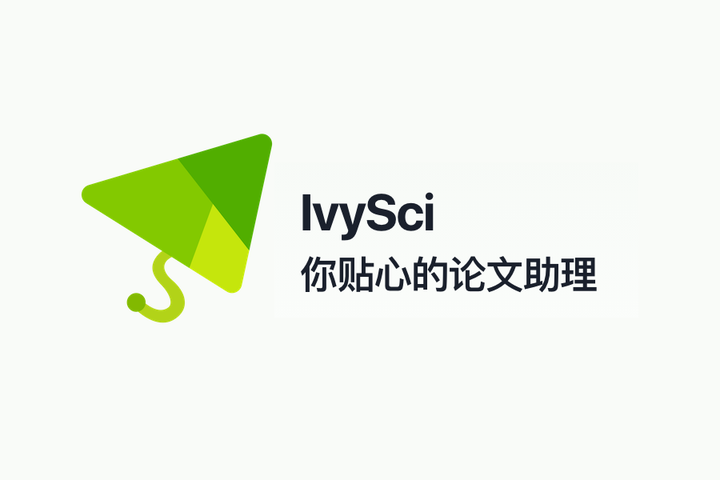Infrastruktur Konektivitas, Peran Pemerintah, dan Perkembangan Sosial Ekonomi Regional: Bukti dari Kalimantan
DOI:
https://doi.org/10.35166/jipm.v7i1.55Keywords:
Airport, Harbor, Infrastructure, RoadAbstract
The Island of Kalimantan, designated by the Indonesian government as the site for the new capital city, necessitates significant infrastructure improvements to support its economic development. This research evaluates the progress of the connectivity infrastructure in Kalimantan, reviews the role of the government in facilitating this development, and estimates the relationship between infrastructure and the community’s social and economic activities. The study applies descriptive statistics, correlation analysis, comparative studies, and interregional input-output methodology by utilizing various data sources including the central government budget, regional government budget, village potential data, Susenas, and Geographic Information System GIS) data. Our findings reveal increasing budgets from both central and local governments, yet limited improvements in road infrastructure. An increase in the availability of road infrastructure per km² is positively correlated with enhanced trading activities, the provision of shops, improved public transportation, and better access to education and health facilities. In addition, the establishment of airports and ports is linked to higher per capita income and increased service and manufacturing activities, as well as the growth of food stalls, shops, and banking services.
References
Arifin, B. (2022). Do limited-resource hospitals improve medical care utilization in underdeveloped areas: Evidence from mobile hospitals in Indonesia. Value in Health Regional Issues, 30, 67–75. https://doi.org/10.1016/j.vhri.2021.12.002
Bertelli, A. M., Mele, V., & Whitford, A. B. (2020). When new public management fails: Infrastructure public-private partnerships and political constraints in developing and transitional economies. Governance, 33(3), 477–493. https://doi.org/10.1111/gove.12428
Brooks, W., Kaboski, J. P., Kondo, I. O., Li, Y. A., & Qian, W. (2021). Infrastructure investment and labor monopsony power (No. w28977). National Bureau of Economic Research.
Chotia, V., & Rao, N. V. M. (2017). An empirical investigation of the link between infrastructure development and poverty reduction: The case of India. International Journal of Social Economics, 44(2), 1906–1918. http://doi.org/10.1108/IJSE-06-2016-0154
Crain, W. M., & Oakley, L. K. (1995). The politics of infrastructure. The Journal of Law and Economics, 38(1), 1–17.
De Jong, M., Annema, J. A., & Van Wee, G. P. (2013). How to build major transport infrastructure projects within budget, in time, and with the expected output: A literature review. Transport Reviews, 33(2), 195–218. http://doi.org/10.1080/01441647.2013.778912
Flyvbjerg, B. (2007). Policy and planning for large infrastructure projects: Problems, causes, cures. Environment and Planning B: Planning and Design, 34(4), 578–597. https://doi.org/10.1068/b32111
Hapsari, T. (2011). Pangaruh infrastruktur terhadap pertumbuhan ekonomi di Indonesia. Skripsi. UIN Syarif Hidayatullah Jakarta.
Huang, W. C., Teng, J. Y., & Lin, M. C. (2010). The budget allocation model of public infrastructure projects. Journal of Marine Science and Technology, 18(5), 10. https://doi.org/10.51400/2709-6998.1917
Ikediashi, D. I., Ogunlana, S. O., & Alotaibi, A. (2014). Analysis of project failure factors for infrastructure projects in Saudi Arabia: A multivariate approach. Journal of Construction in Developing Countries, 19(1). http://researchrepository.napier.ac.uk/Output/2996837
Indonesia, R. (2020). Rencana pembangunan jangka menengah nasional 2020-2024: Peraturan Presiden Republik Indonesia, 303.
Joshi, Y., Suman, S., & Bharti, H. (2023). Planning of rural road network using sustainable practices to maximize the accessibility to health and education facilities using ant colony optimization. Materials Today: Proceedings. https://doi.org/10.1016/j.matpr.2023.07.096
Kementerian PPN/Bappenas. (2023). Konsep rancangan teknokratik RPJMN 2025-2029.
Kusuma, M. E., & Muta’ali, L. (2019). Hubungan pembangunan infrastruktur dan perkembangan ekonomi wilayah Indonesia. Jurnal Bumi Indonesia, 8(3). https://core.ac.uk/download/pdf/295176866.pdf
Lubis, A. Y. (2017). Penerapan teknologi informasi dan komunikasi di infrastruktur negara berkembang. WACANA: Jurnal Ilmiah Ilmu Komunikasi, 16(2), 225–236. http://doi.org/10.32509/wacana.v16i2.20
Maryaningsih, N., Hermansyah, O., & Savitri, M. (2014). Pengaruh infrastruktur terhadap pertumbuhan ekonomi Indonesia. Bulletin of Monetary Economics and Banking, 17(1), 62–98. https://doi.org/10.21098/bemp.v17i1.44
Prasetyo, R. B., & Firdaus, M. (2009). Pengaruh infrastruktur pada pertumbuhan ekonomi wilayah di Indonesia. Jurnal Ekonomi dan Kebijakan Pembangunan, 2(2), 222–236.
Reddy, N. S., & Sharma, P. (2017). Why PPP-modeled infrastructure projects failed: A critical review with a special focus on road sector. International Journal of Advanced Engineering, Management, and Science, 3(4), 331–338. https://doi.org/10.24001/ijaems.3.4.8
Sukwika, T. (2018). Peran pembangunan infrastruktur terhadap ketimpangan ekonomi antarwilayah di Indonesia. Jurnal Wilayah dan Lingkungan, 6(2), 115–130. http://doi.org/10.14710/jwl.6.2.115-130
Wibowo, A., & Alfen, H. W. (2015). Government-led critical success factors in PPP infrastructure development. Built Environment Project and Asset Management, 5(1), 121–134. https://doi.org/10.1108/BEPAM-03-2014-0016
Wang, C., Kim, Y. S., & Kim, C. Y. (2021). Causality between logistics infrastructure and economic development in China. Transport Policy, 100, 49–58. http://doi.org/10.1016/j.tranpol.2020.10.005
Wang, T., Xu, J., He, Q., Chan, A. P., & Owusu, E. K. (2023). Studies on the success criteria and critical success factors for mega infrastructure construction projects: A literature review. Engineering, Construction, and Architectural Management, 30(5), 1809–1834. https://doi.org/10.1108/ECAM-12-2020-1042
World Bank. (1994). World development report 1994: Infrastructure for development. The World Bank. https://doi.org/10.1596/978-0-1952-0992-1
Yamauchi, F., Muto, M., Chowdhury, S., Dewina, R., & Sumaryanto, S. (2011). Are schooling and roads complementary? Evidence from income dynamics in rural Indonesia. World Development, 39(12), 2232–2244. https://doi.org/10.1016/j.worlddev.2011.04.003
Zhao, D., & Barakat, B. (2015). The increasingly long road to school in rural China: The impacts of education network consolidation on broadly defined schooling distance in Xinfeng County of rural China. Asia Pacific Education Review, 16, 413–431. http://doi.org/10.1007/s12564-015-9380-y
Zhu, X., Van Ommeren, J., & Rietveld, P. (2009). Indirect benefits of infrastructure improvement in the case of an imperfect labor market. Transportation Research Part B: Methodological, 43(1), 57–72. http://doi.org/10.1016/j.trb.2008.06.002
Downloads
Published
Issue
Section
License
Copyright (c) 2024 Journal of Infrastructure Policy and Management (JIPM)

This work is licensed under a Creative Commons Attribution-ShareAlike 4.0 International License.















